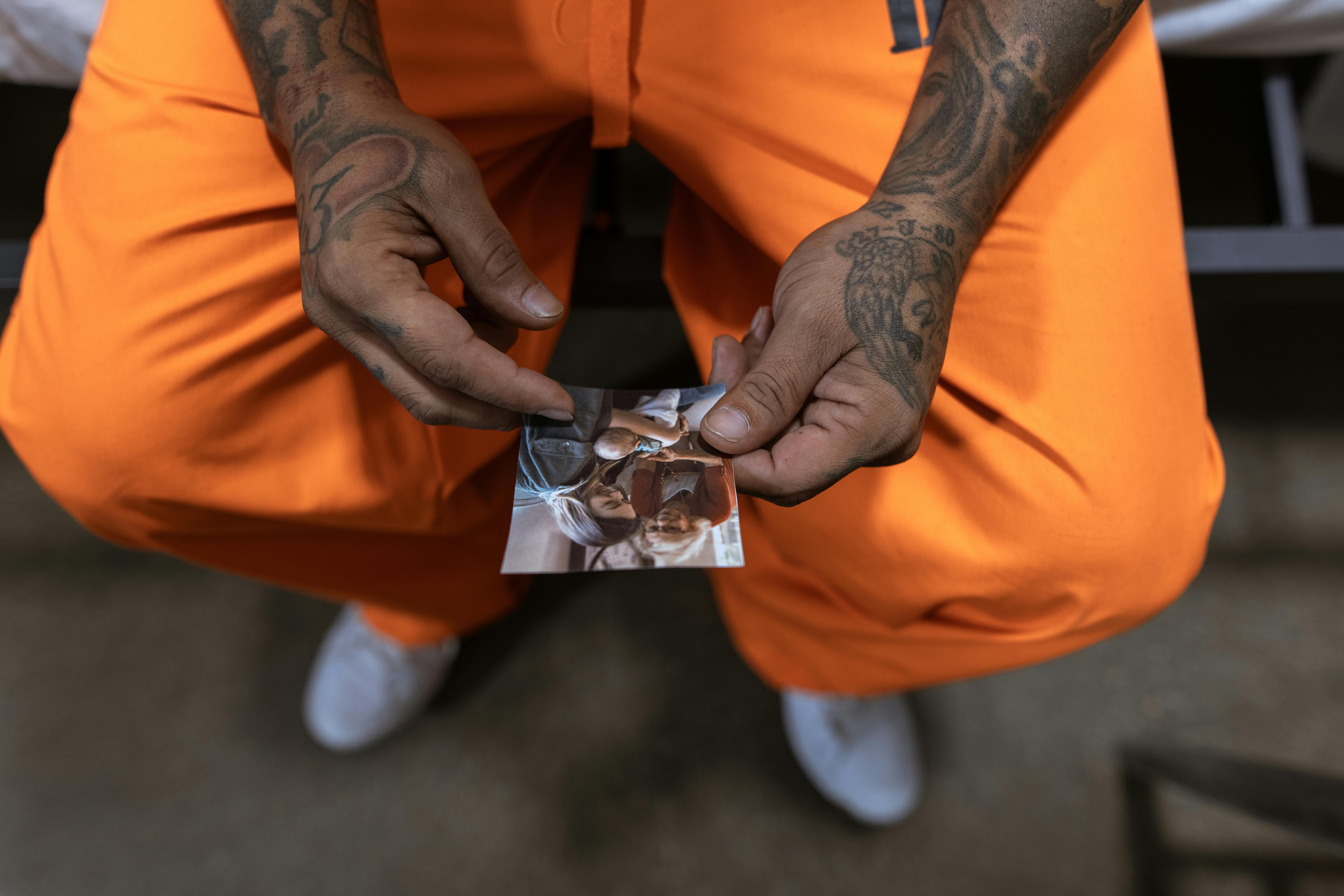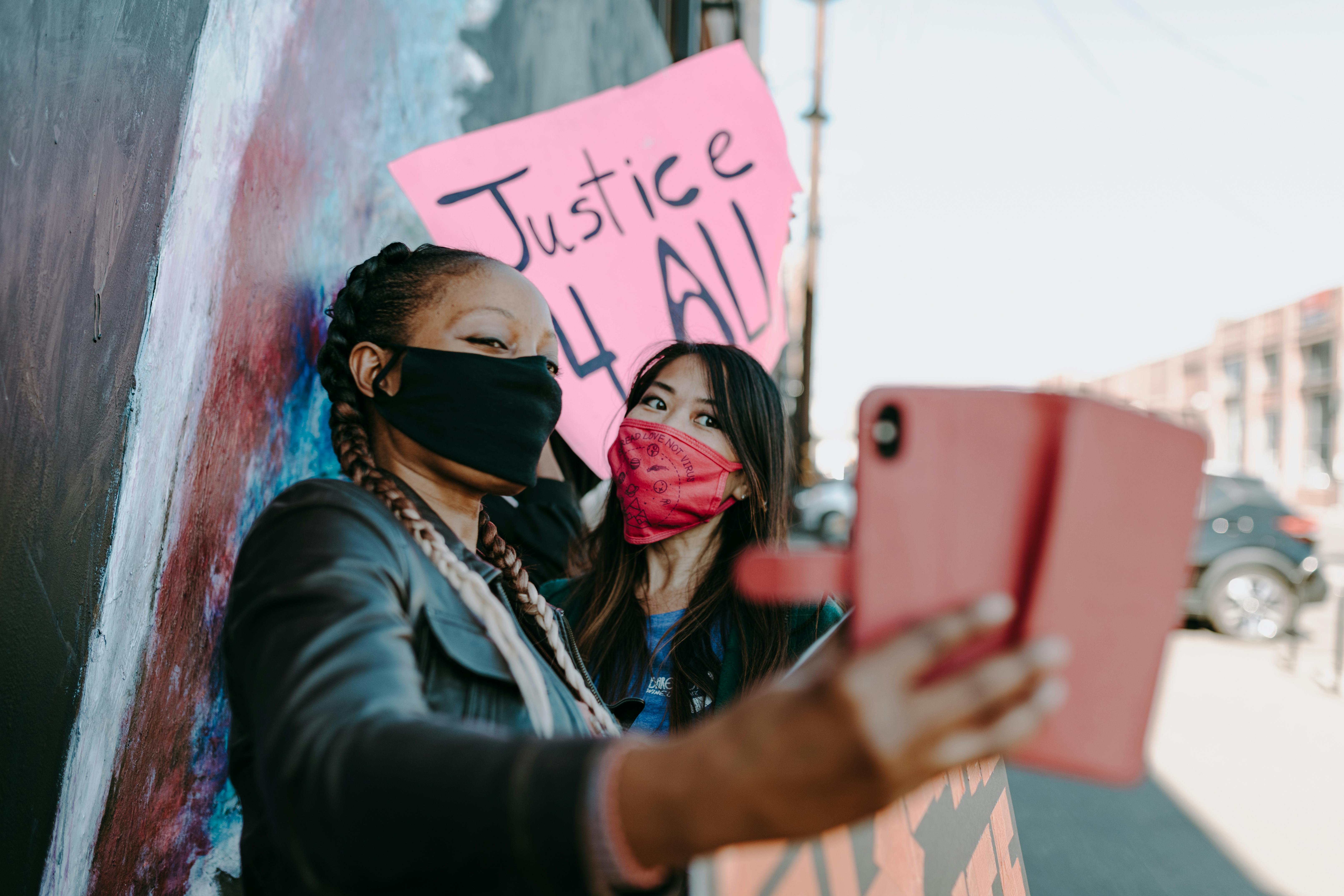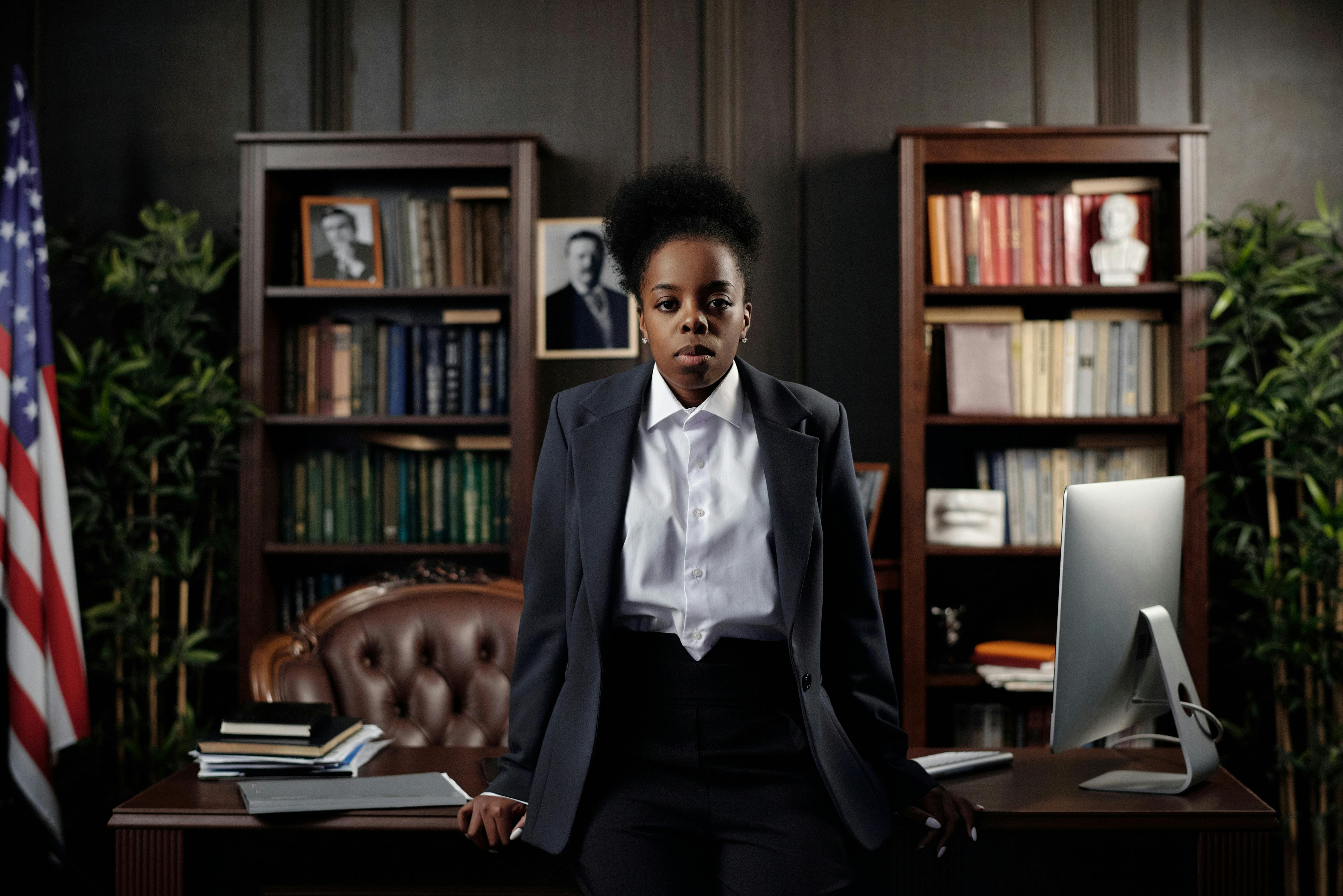
Hispanic contribution to Doo-Wop
The contribution that Hispanics have made to the vocal group harmony scene is widely underappreciated and misunderstood. There are few, if any, books on the Hispanic contribution to rock and roll, let alone on the history of vocal groups. In fact, there is no publication on Hispanic participation in the vocal group scene. Perhaps the reason for this is the fact that many Hispanics were in a unique position to play the role of “crossover” in vocal groups. Hispanics were in a cross position to cross the fence on both sides of the racial-ethnic ethos; the reason for this is quite obvious.
The Hispanic racial composition played an important role in the development of group singing. Hispanic racial type ranges from blonde hair with blue eyes to black and everything in between. Because of this composition, Latinos felt comfortable and at home with black and white ethnic groups. The term Hispanic or Latino used here is used with a broad general stroke that includes all the peoples whose roots came from the Iberian Peninsula, the Caribbean and Latin America.
In the early development of the street corner sound, especially on the East Coast of the United States during the 1950s, Hispanics, primarily Puerto Ricans, were the primary vocalists singing with black and white ethnic groups. They were involved in many of the popular vocal groups. The Crests, with Johnny Maestro, included Hispanics, Frankie Lymon and the Teenagers, Tune Weavers, Five Discs, Vocaleers, and the Wrens had Latino members. Some groups like Claremont’s with Vince Castro and the Four Haven Knights had Hispanic members. Various groups that came after, such as the Excellents, Valrays, Devotions and others, played a pivotal role in shaping the group’s sound. On the West Coast, the Jaguars, one of the first UN or interracial groups, had Manny Chavez.
Due to the unique position of being able to interbreed, some found themselves in all white groups and identified as white, usually Italian, such as mystics. Some were associated with black groups like Juan Gutiérrez de los Diablo, and others were seen as predominantly Latino, like the Eternals. Depending on what area or community the Hispanics lived in; some took the cultural characteristic of the race or ethnic group prominent within the community.
Therefore, you will find that some Hispanics gravitate toward black, Italian, Jewish, or whatever culture is prominent within their community. Regardless of who they sing and perform with, the contribution of Hispanic vocalists to the vocal group harmony scene is significant but underappreciated. Some were involved in management, recruiting and writing such as Raul Cita the Harptones, Cliff Martinez of the Crows, Esther Navarro, the Cadillac’s and Cecilio Rodriquez of the Imperials.
Taken together, the role they played in the vocal group image is significant, for they participated in uniting and building bridges of understanding across racial and ethnic lines that existed during the 1950s and early 1950s. 1960. Hispanics played a role in bridging racial groups and helped bridge the gap between races. The camaraderie between the group members and their friendship spilled over into their performances and had a significant impact on the audience. For this reason, Hispanics helped dispel the concept among white fans that rock and roll was purely a decadent form of black music. Additionally, many Latinos played a role in the overall development of rock and roll in general.
While the 1950s saw urban Hispanic participation in the vocal group field, the early 1960s saw an explosion of Latino talent and participation. This was due in part to the East Coast phenomenon that took place along the corridor that stretched from Boston to Philadelphia. This sound corridor is called an a cappella corridor. Warner writes, “From 1962 to about 1966, a phenomenon occurred on the East Coast in which hundreds of a cappella vocal groups were contacted by lovers of harmony and their recordings created just for that audience.” 1
The 1960s brought many urban teens of all stripes the chance to really record what they had been doing on street corners, bathrooms, and hallways. For the first time, teens were able to sing and record their own version of songs recorded by their favorite bands. All of these teenagers were continuing and emulating the sound of the R&B groups of the 1950s, which had been battered by the musical and social changes that were taking place.
This opportunity opened the doors for Hispanics to not only become involved in multi-racial groups, but also to develop and insert their own unique ethnic vocal group style. During the a cappella era, several strong groups with Hispanic members made a significant contribution; among them were the Five Jades, Chessmen, Zirkons, Concepts, El Sierros, and Majestics, just to name a few. Everyone was looking for an urban sound that would express the unusual mix and infusion of cultures found in everyday life in the Jersey City-New York area. The a cappella era of the 1960s ushered in these pioneers and curators of the group sound; what followed was a movement to record, capture, and continue the sound of the R&B groups of the 1950s. This is one of the major collective contributions Hispanics made, not only to the history of vocal groups but also to the rock’n’roll in general.
1 American Singing Groups: A History 1940-1990
Jay Warner – Billboard Book 1992 – Page 322
© 2006 All rights reserved






